Beamish is an open air museum near Newcastle, England the initially shows what the country was like in the 1800’s but is expanding to the 1940’s and soon 1950’s.
The museum’s guiding principle is to preserve an example of everyday life in urban and rural North England at the climax of industrialization in the early 20th century.
Much of the restoration and interpretation is specific to the late Victorian and Edwardian eras, together with portions of countryside under the influence of the industrial revolution in 1825. On its 350 acres (140 ha) estate it utilizes a mixture of translocated, original and replica buildings; a huge collection of artifacts, working vehicles and equipment; as well as livestock and costumed interpreters.
For deeper insight: https://en.wikipedia.org/wiki/Beamish_Museum#Town
You can get around the museum to it’s divers points of interest in multiple antique transports like the tram.
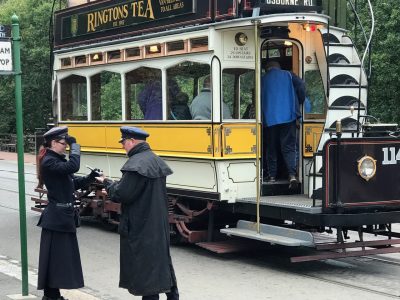
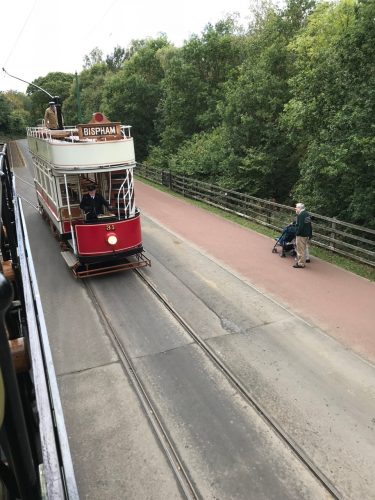
Or buses.
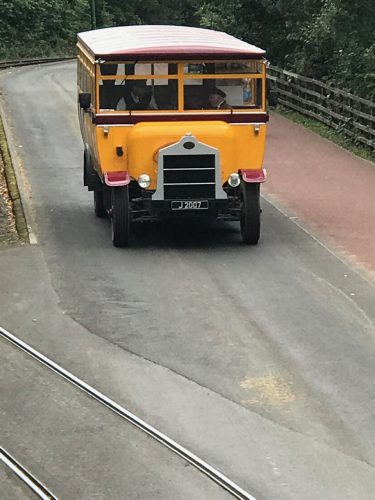
he “town” area is a collection of relocated buildings to replicate a typical N. England one of 1925
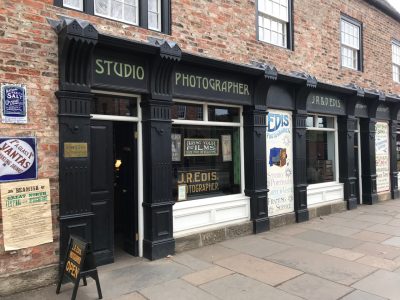

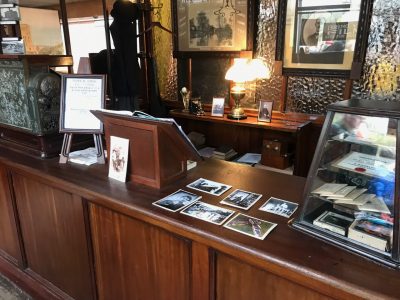
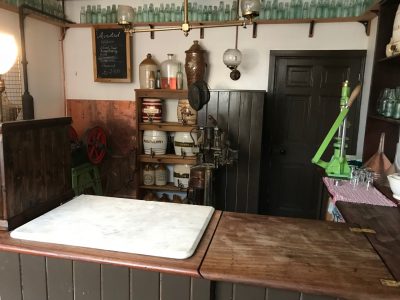
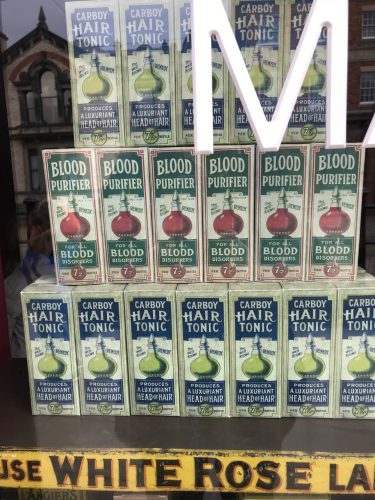
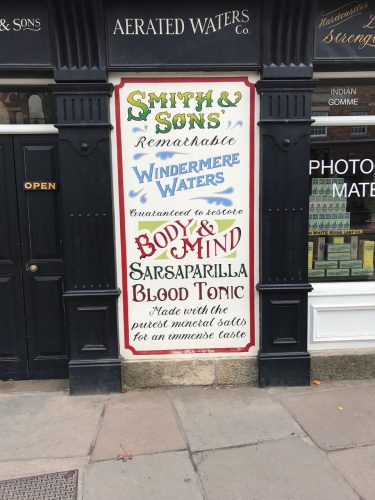
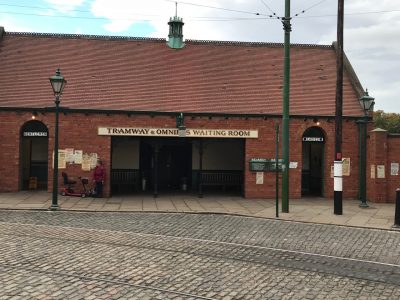
The bike shop
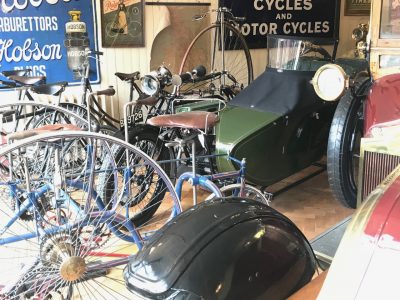
The original penny farthing without gear drive must have been very difficult to move, but once gears were developed it became easier, although the balancing would have still been an issue

The auto mechanical garage

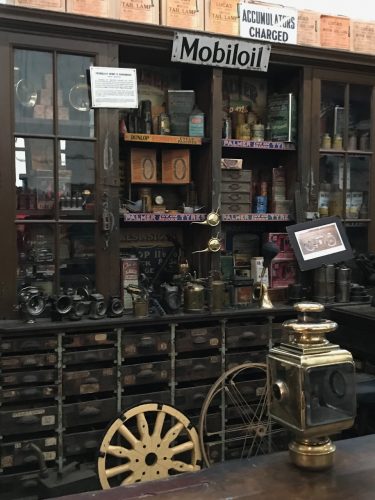
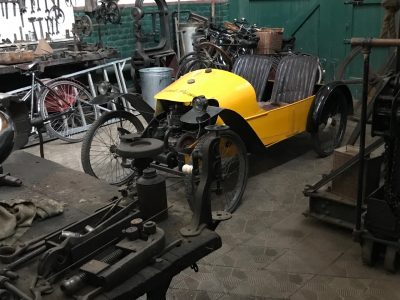
This delivery bike predates the city food delivery services by 100 years,
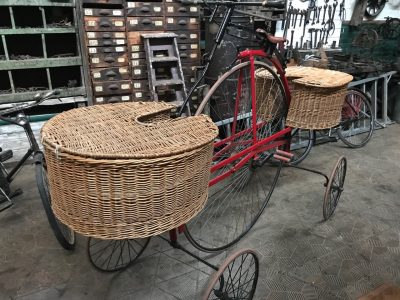
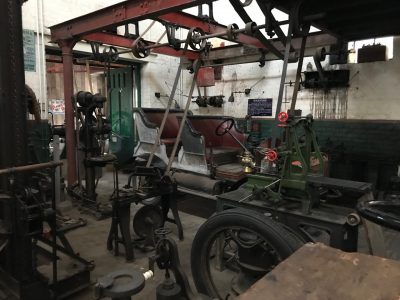
General store
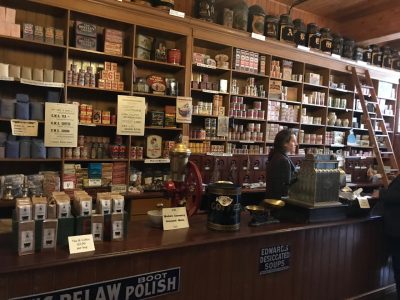
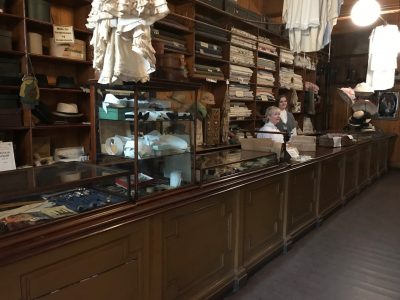
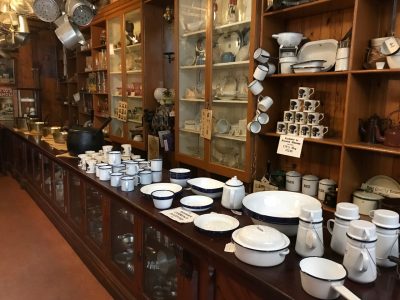
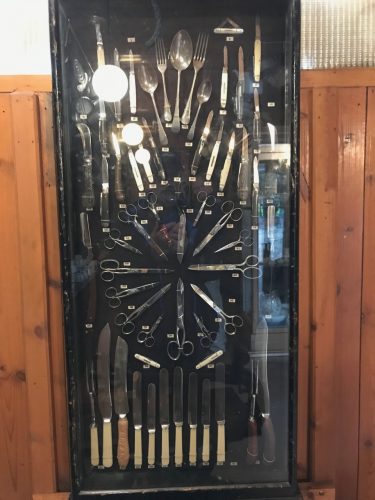
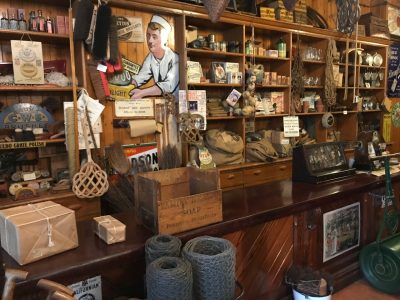
The tram rails in town
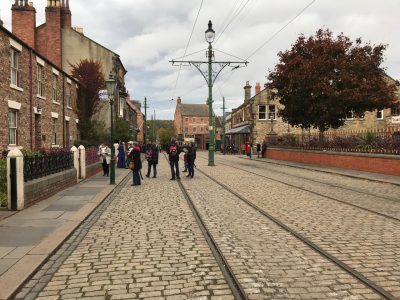
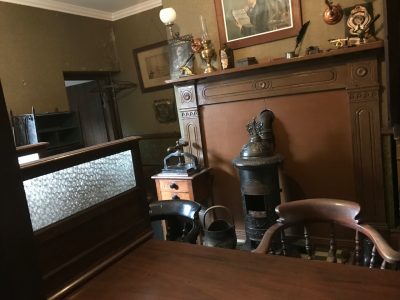
The coaster plane with it’s red leaves is very stunning but the berries, once worked become the deadly poison ricin.
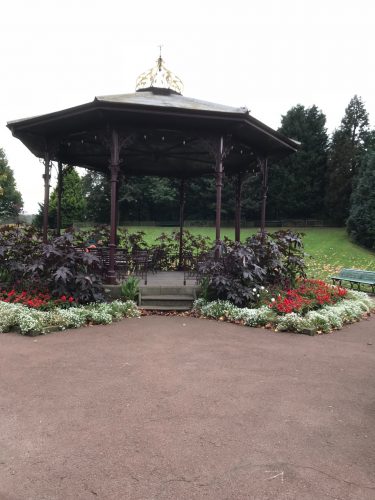
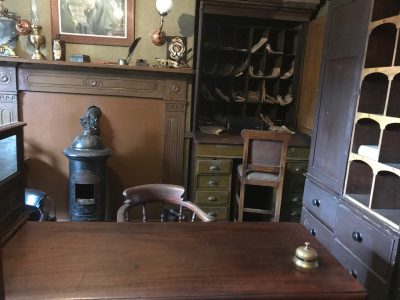
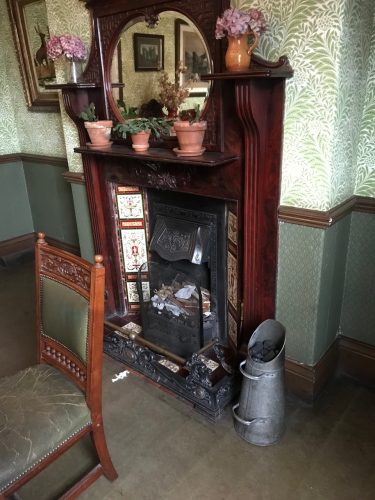
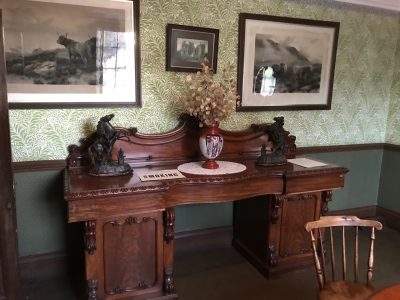

The back alley behind the row of houses. Dentists, solicitors, singing instructors etc often incorporated their offices in the homes.
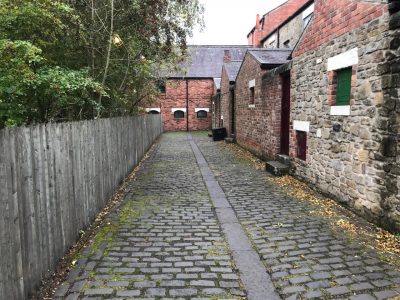
The interpreter in the dentist office knew her words could cause listeners discomfort like when she said that due to the expense of false teeth, which could be made from human or animal teeth, or carved from bone or wood, were frequently shared!
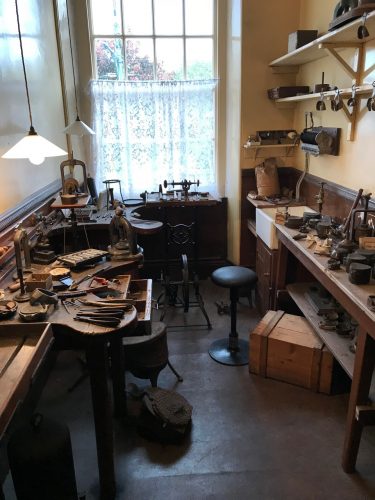
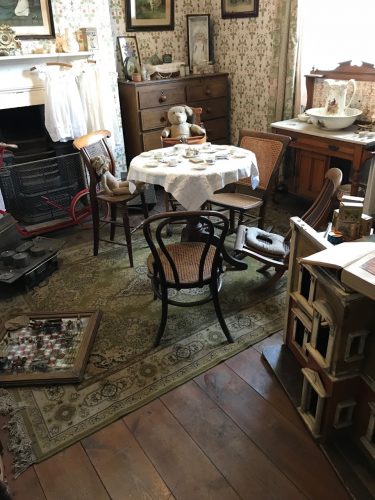

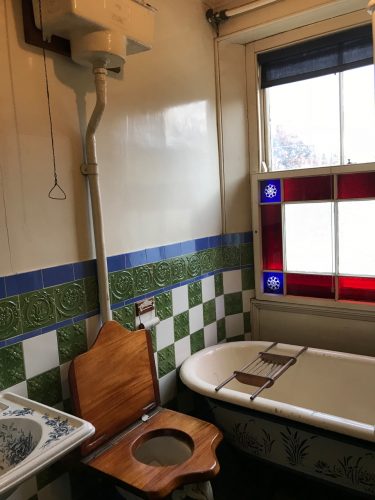
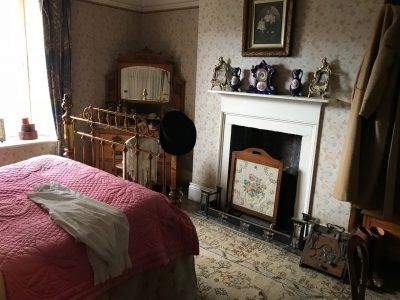
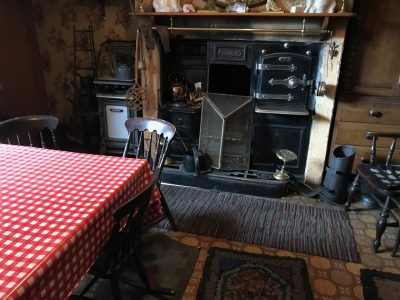
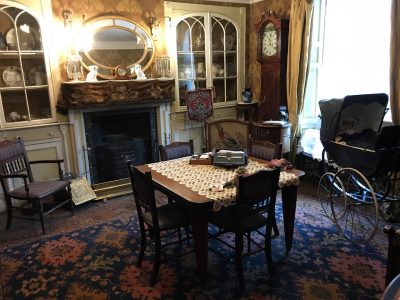
A pub room
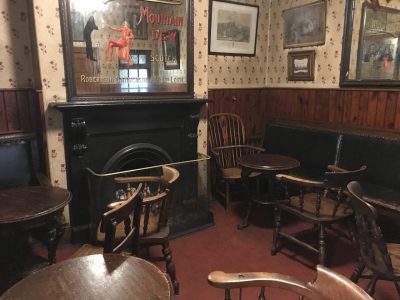
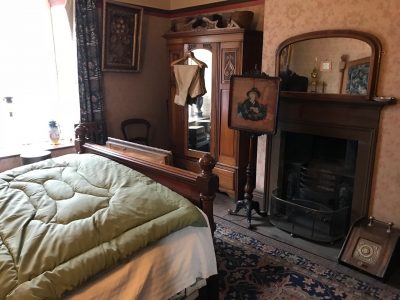
Carriage garage
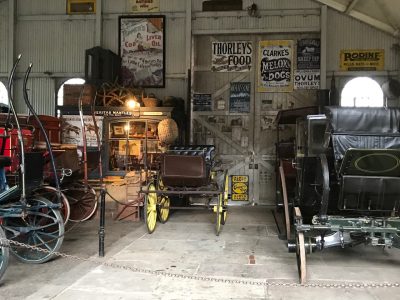
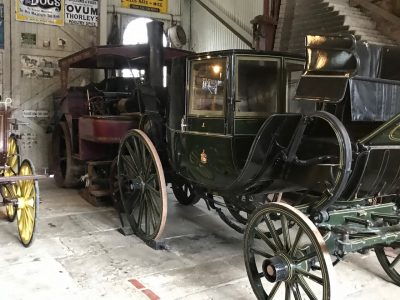
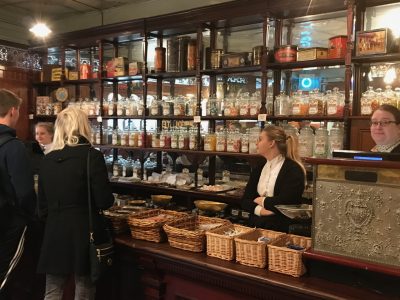
They were making hard peppermint candies today. My eyes, along with everyones, were running from the mint smell when we left the prep room
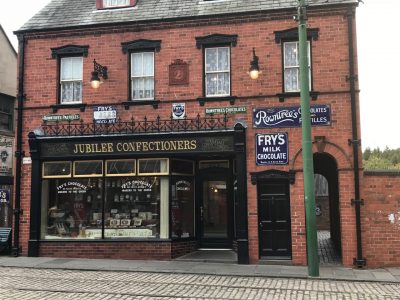
Barklay’s bank with the cream building being the Shriner’s Hall
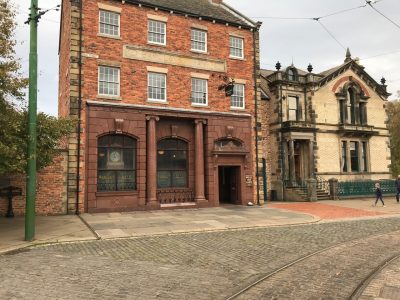
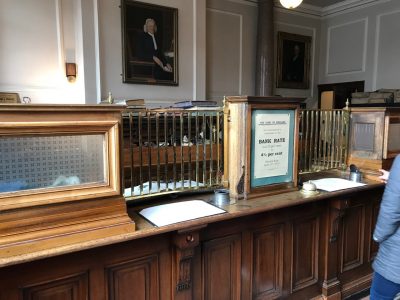
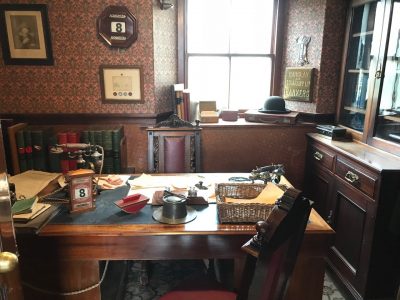
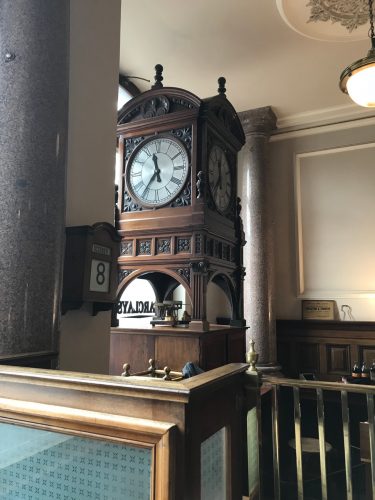
Behind the counter Bob Cratchit was adding a piece of coal to the burner
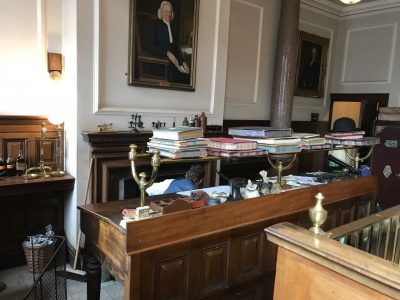
The MAson’s lodge must have been a significant part of some communities judging by the size and apparent frequency of use and decorative bits
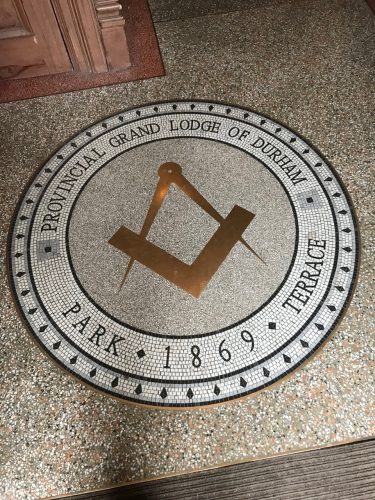
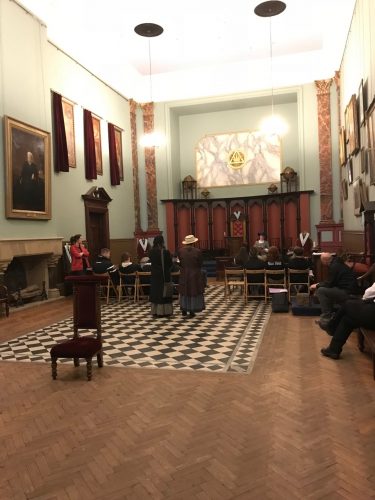
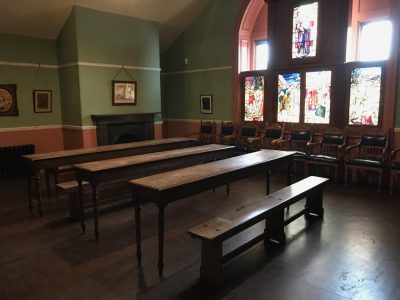
I’m sure the images in these stained glass windows held significance for the members but I don’t know what.
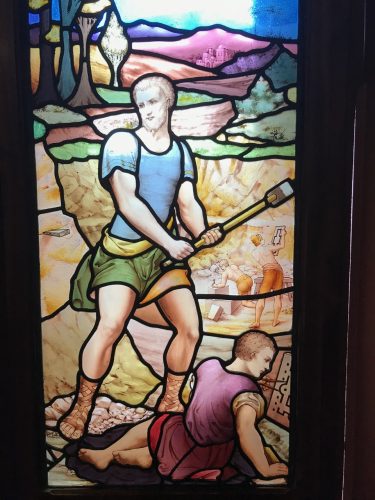
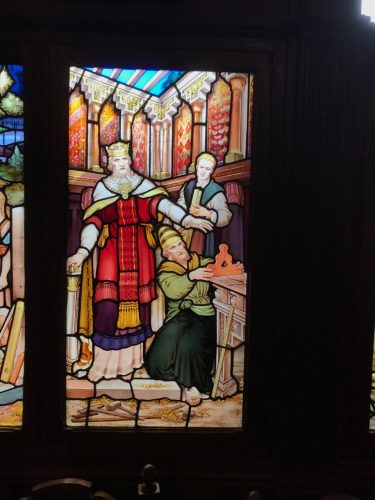
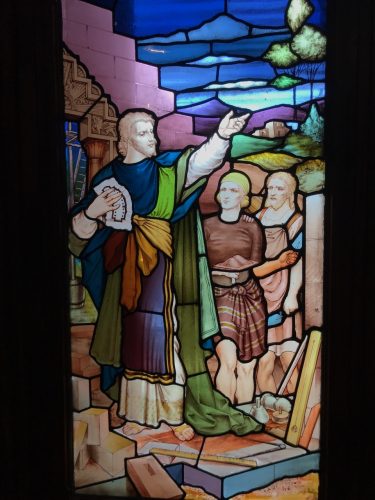
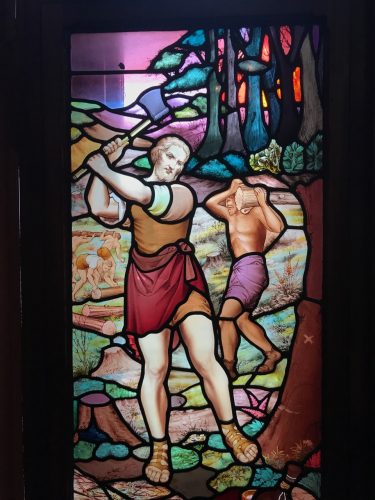
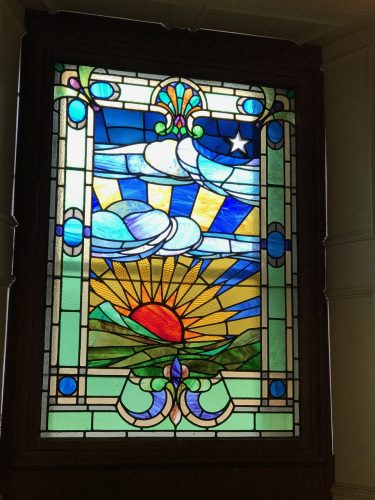
Cascara sagrada is a stimulant laxative. It works by causing muscle contractions in the intestines. These muscle contractions help move stool through the bowels. The bark contains chemicals called anthraquinones that give it its color and its laxative effect. I hope cholera drops are to fight the illness but I don’t know what the cocaine drops were for
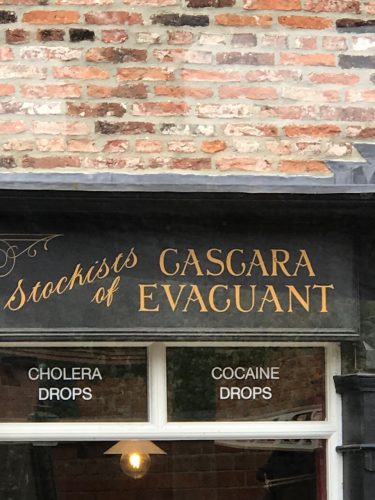
Beamish took me about 5 hours to cover. It would have been longer on weekends where the crowds would be greater and various other volunteers put on displays like groups of WWI re-enactors. As it was it will take multiple posts to capture this fine and educational day. For those who live in the greater area it’s important to remember the ticket is good for a year.
{ 1 comment… read it below or add one }
Most of the staff pictured were still there at our first COVID lockdown. I demonstrate the chair when I’m a dentist and I’m sure I can scare you more then my female colleague.
The town and pit village 1910’s, farm is 1940’s and a 1820’s area complete with railway. Building is continuing on a 1950’s section. Beamish is on limited opening at present with possibly more normality from June